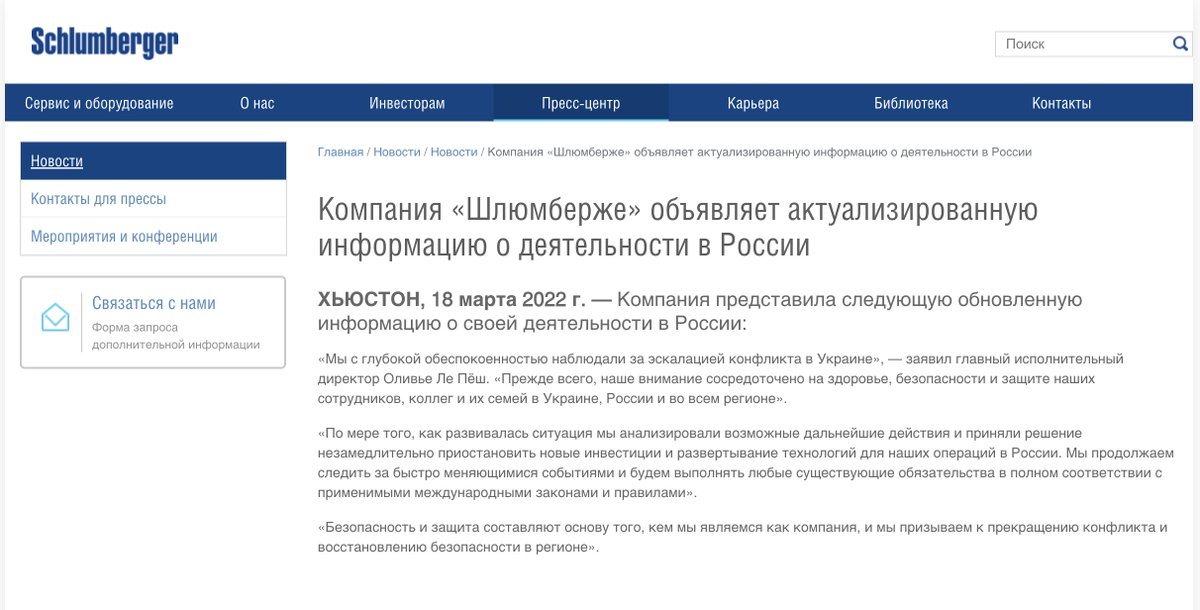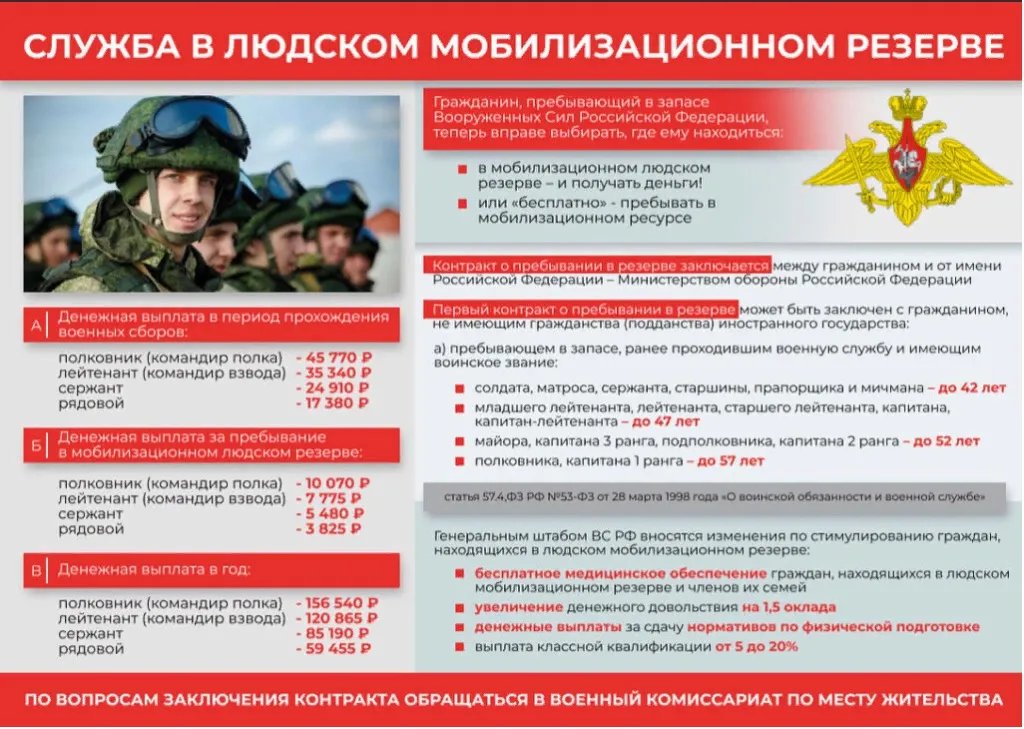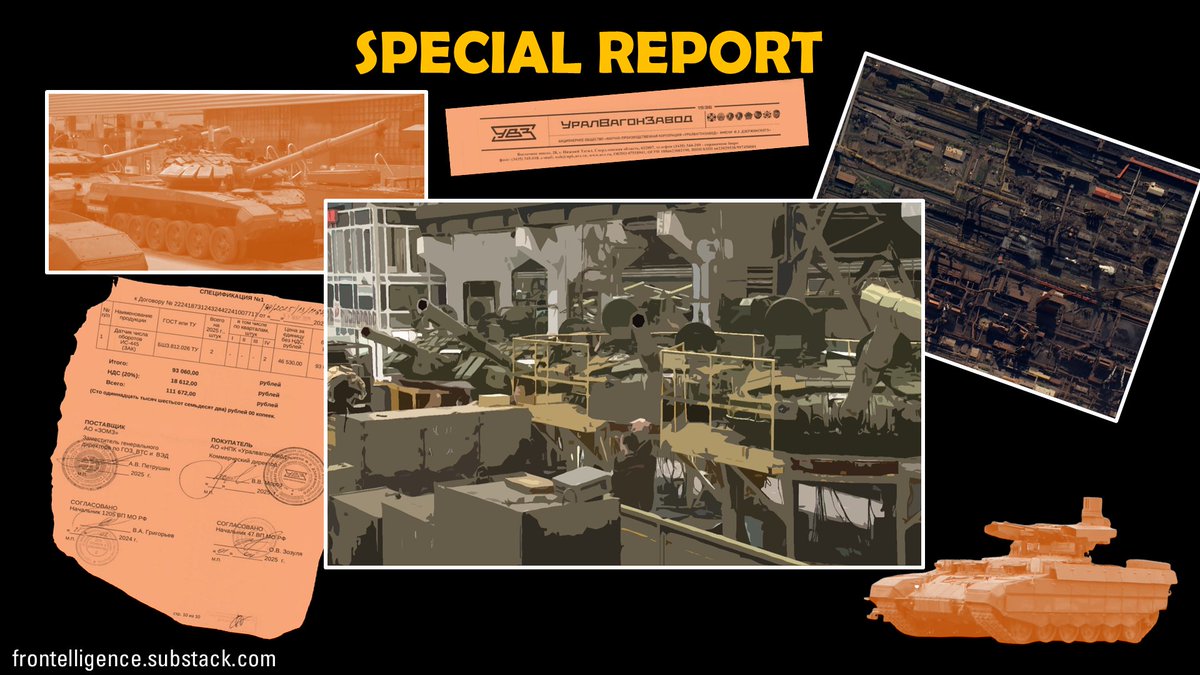The Frontelligence Insight team analyzed reports of a successful strike at Berdiansk airport using high-res imagery from September and medium-res imagery from October 17th. The analysis confirmed the strike's success. 🧵Thread: 

2/ The official Ukrainian Ministry of Defense (MoD) account has officially confirmed the successful execution of Operation "Dragonfly." This operation effectively targeted both Berdyansk and Luhansk Airfields 

3/ Our preliminary analysis aligns with the statement from the MoD, indicating that multiple vehicles are likely to be burnt or destroyed. Yet, due to the limited quality of the available imagery, we cannot definitively determine the extent of this damage at this time.
4/ By examining historical imagery from September and August, it becomes evident that this section of the airfield has consistently been used to house attack helicopters, including models such as the Mi-28, Mi-24, and Ka-52. 

5/ The high consistency strongly suggests that the lost Russian helicopters match those previously identified in this area. Additionally, it's important to note that many other helicopters have remained parked on the airstrip, even after the attack. 

6/ In conclusion, it's important to acknowledge that the damage is probably more widespread than reported here. There are additional signs of destruction on the airfield, but we haven't included them in this report because we couldn't properly identify damaged objects
7/ Nevertheless, the impact of this devastating attack is undeniable. It will likely disrupt helicopter operations in the South of Ukraine for some time, compelling the Russians to adjust their logistics and the operations of nearby helicopter bases.
8/ If you found our report valuable, we invite you to follow us on our project's website. The imagery is accessible thanks to premium subscribers and your contributions through Buy Me a Coffee.
A higher-resolution images have been published by (@cxemu) moments ago.
Turns out we accurately assessed the damage with a much lower resolution.


Turns out we accurately assessed the damage with a much lower resolution.


• • •
Missing some Tweet in this thread? You can try to
force a refresh











